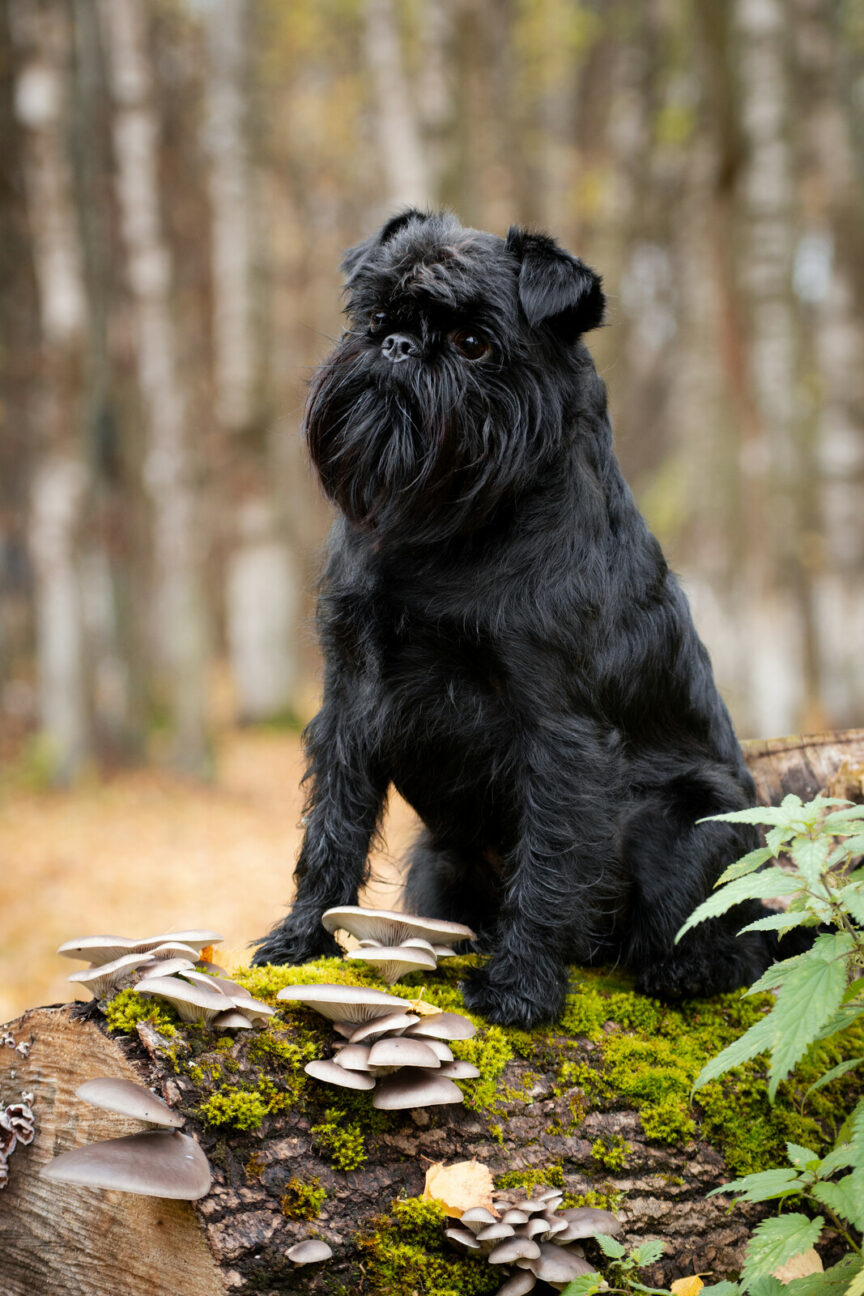By Arden Moore
Pro Pet Hero Instructor Director and Master Pet First Aid/CPR Instructor
Spring is Here
April signals the arrival of spring with more opportunities for taking your dog on adventurous hikes in the woods or having your canine buddy hangout in your backyard as you garden. Lurking in both scenarios can be mushrooms.
Keep in mind that many types of mushrooms are safe and edible. But some are downright deadly if eaten by your dog. Back in 2015, megastar Dwayne “The Rock” Johnson tragically had to deal with the death of Brutus, his beloved French bulldog who ate a toxic mushroom growing in his backyard.
“I encourage all of you out there to be mindful of mushrooms in your yards, parks or anywhere outside where your dogs play,” Johnson told the Los Angeles Times. “What looks innocent can be deadly to your lil’ family members.”
Which mushrooms are safe?
First, the good news. Most varieties of mushrooms are not toxic. Mushrooms found in cans and glass jars at grocery stores are safe to give to dogs if you serve them plain without any garlic or onions. These safe types include portabella, shiitake and cremini.
Now comes the reality check. But some wild varieties of this fungi are very, very toxic. Even worse is that toxic types of mushrooms from the Amanita family give off a fishy odor and taste that can be hard to resist by dogs. Amanita types sport the nickname of “death cap” mushrooms.
Here is a rundown of other dangerous wild mushrooms:
* Galerina marginata
* Gyromitra spp.
* Inocybe spp.
Dogs who eat toxic mushrooms can experience mild to severe symptoms, such as:
* Diarrhea
* Drooling
* Dehydration
* Vomiting
* Muscle weakness
* Severe abdominal pain
* Staggering gait
* Jaundice
* Liver failure
* Seizures
* Coma
* Death
If your dog eats a wild mushroom, please alert your veterinarian and take your dog for treatment pronto. Or contact the ASPCA Animal Poison Control for guidance at 888-426-4435.
Reduce Your Dog’s Risk Level
Definitely, be in preventive and protection mode for your dogs. On walks and hikes, keep your dog on a 6-foot leash or less so that you can rein him in before he can drop his head and attempt to eat something on the route. Bring a bag of his favorite treats and reinforce key training cues, including “leave it” and “drop it.”
On long ventures far from your home and veterinary clinics, bring a pet first aid kit than includes hydrogen peroxide. If your dog does eat a toxic mushroom, call a veterinarian immediately who is likely to guide you on how to give the hydrogen peroxide to induce vomiting in your dog.
Finally, safety begins at home. Patrol your yard often to spot any mushrooms popping up. Keep your lawn, bushes and trees trimmed. Rake up grass clippings that can spur on mushroom growth. Avoid overwatering your lawn because mushrooms grow quickly in damp conditions.
Learn Pet First Aid
Learn more on ways to keep your cats and dogs safe by visiting http://www.propethero.com. Consider taking our veterinarian-approved online pet first aid/CPR course. Enter this code: CPR – ARDEN MOORE and receive a 10 percent discount! And, if you are interested in becoming a Pro Pet Hero instructor, please click on the BECOME AN INSTRUCTOR button on the home page for more details.

